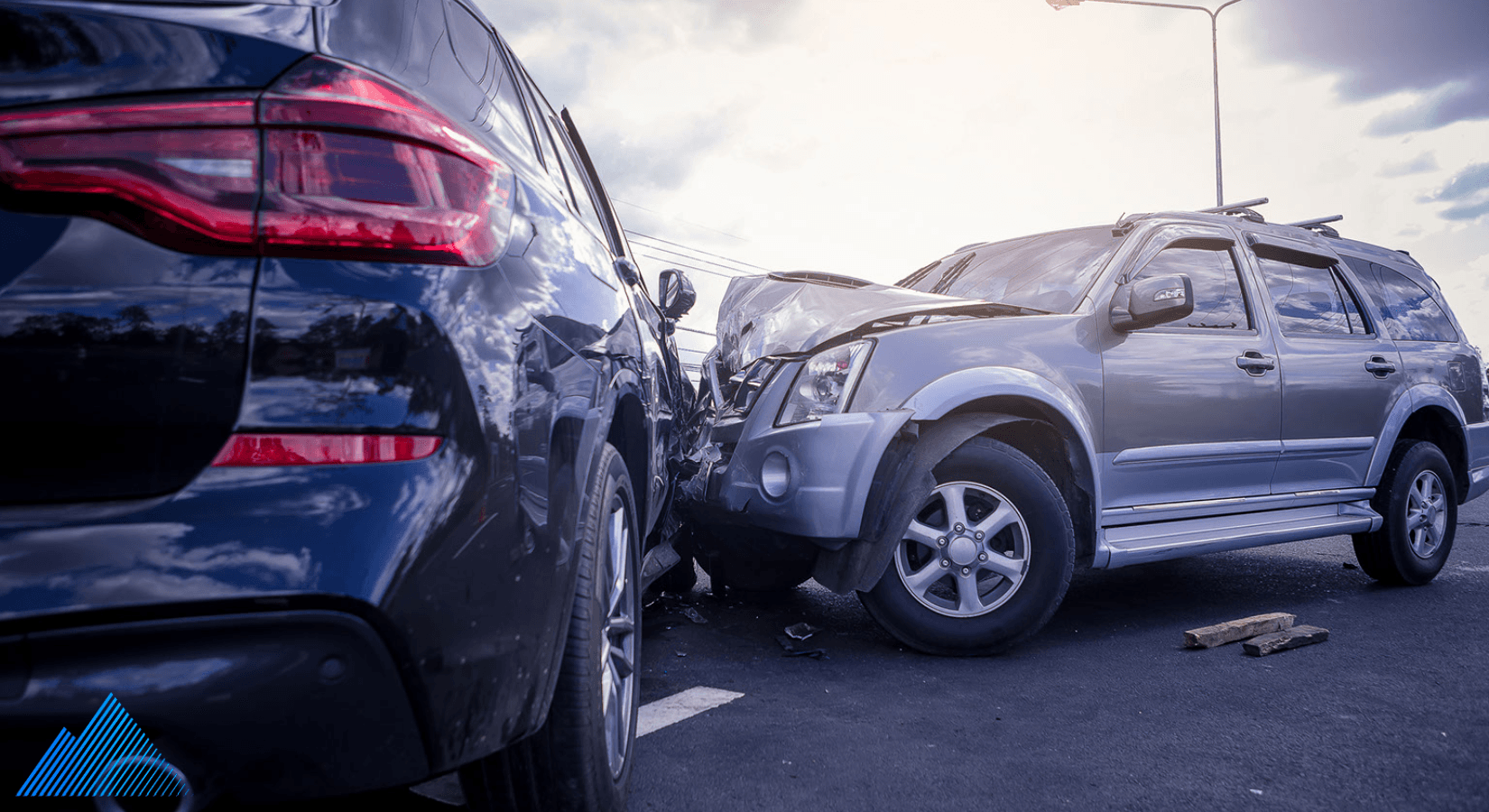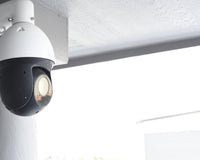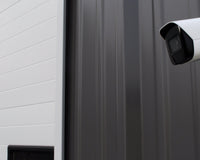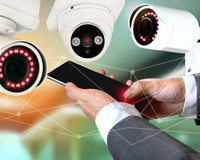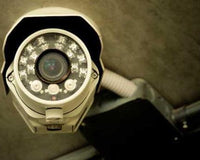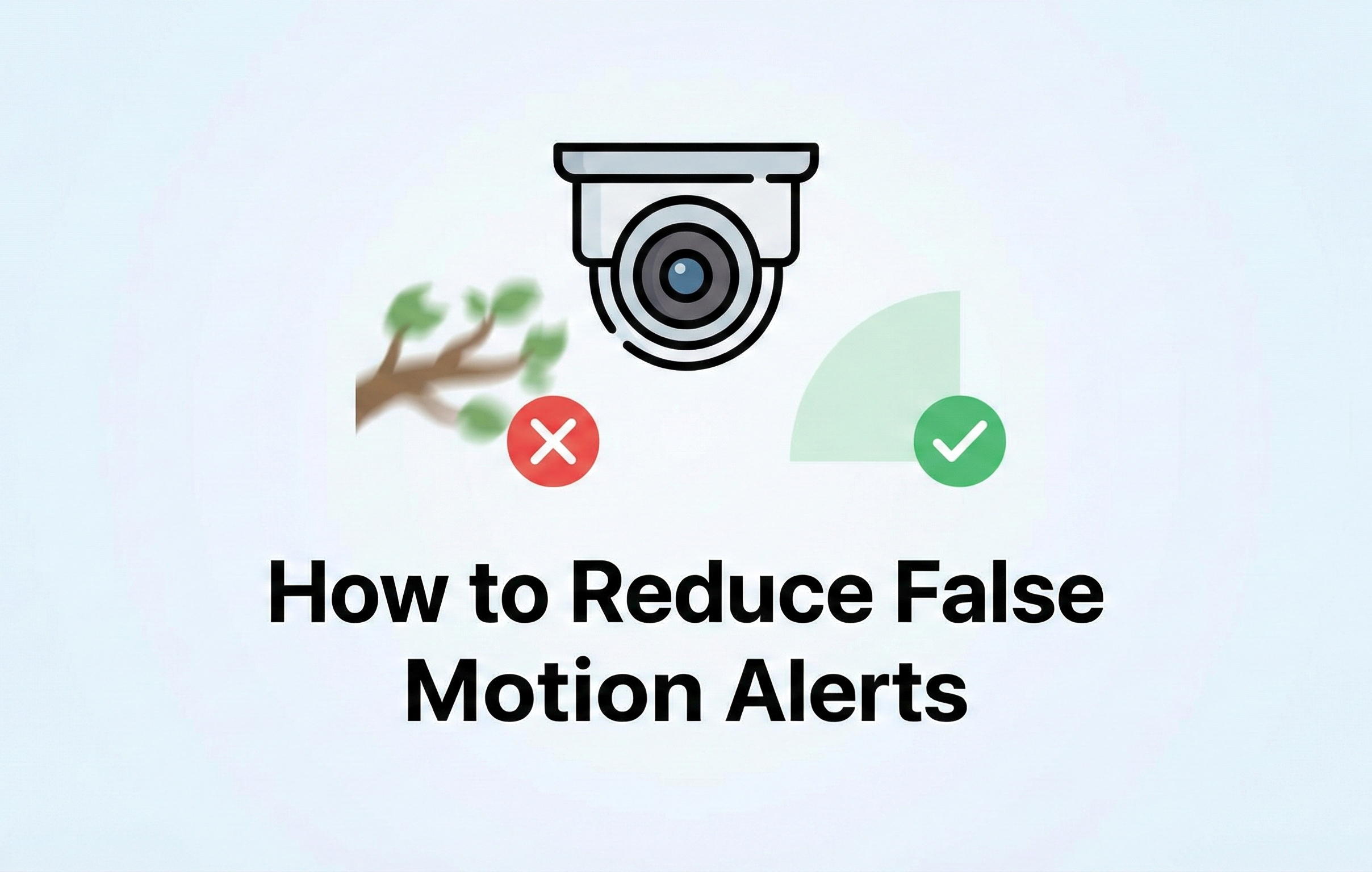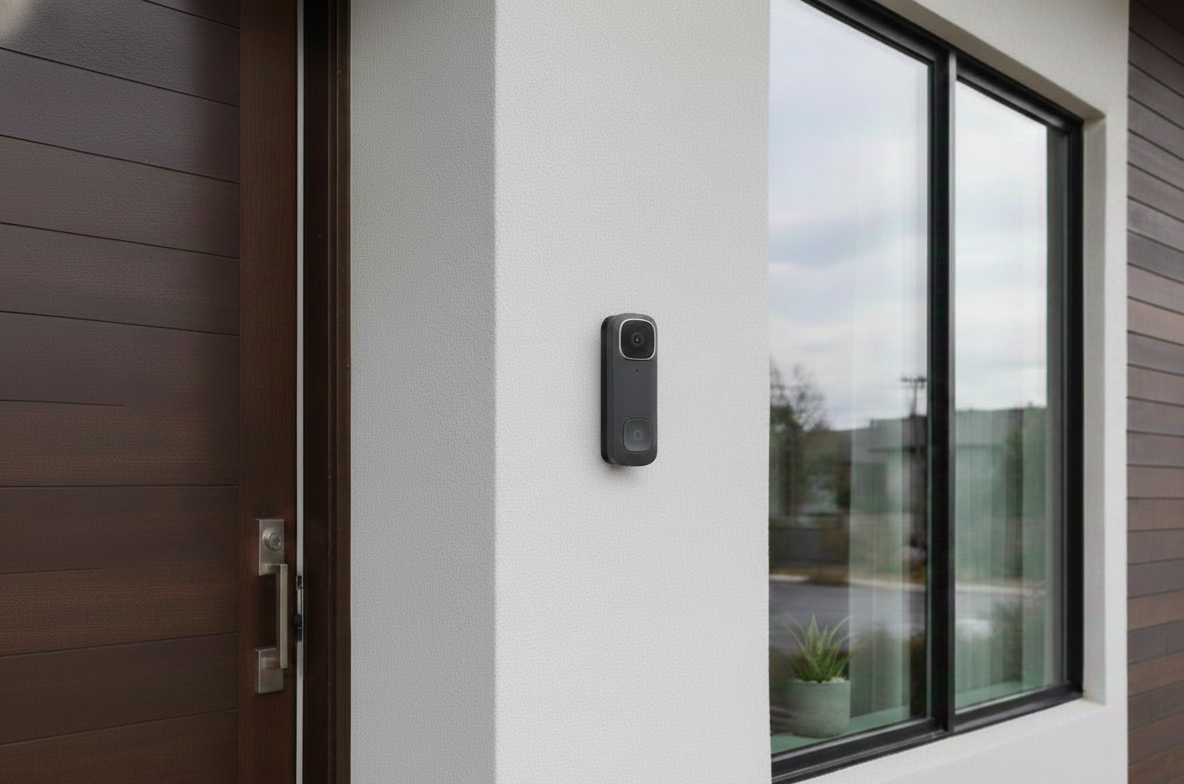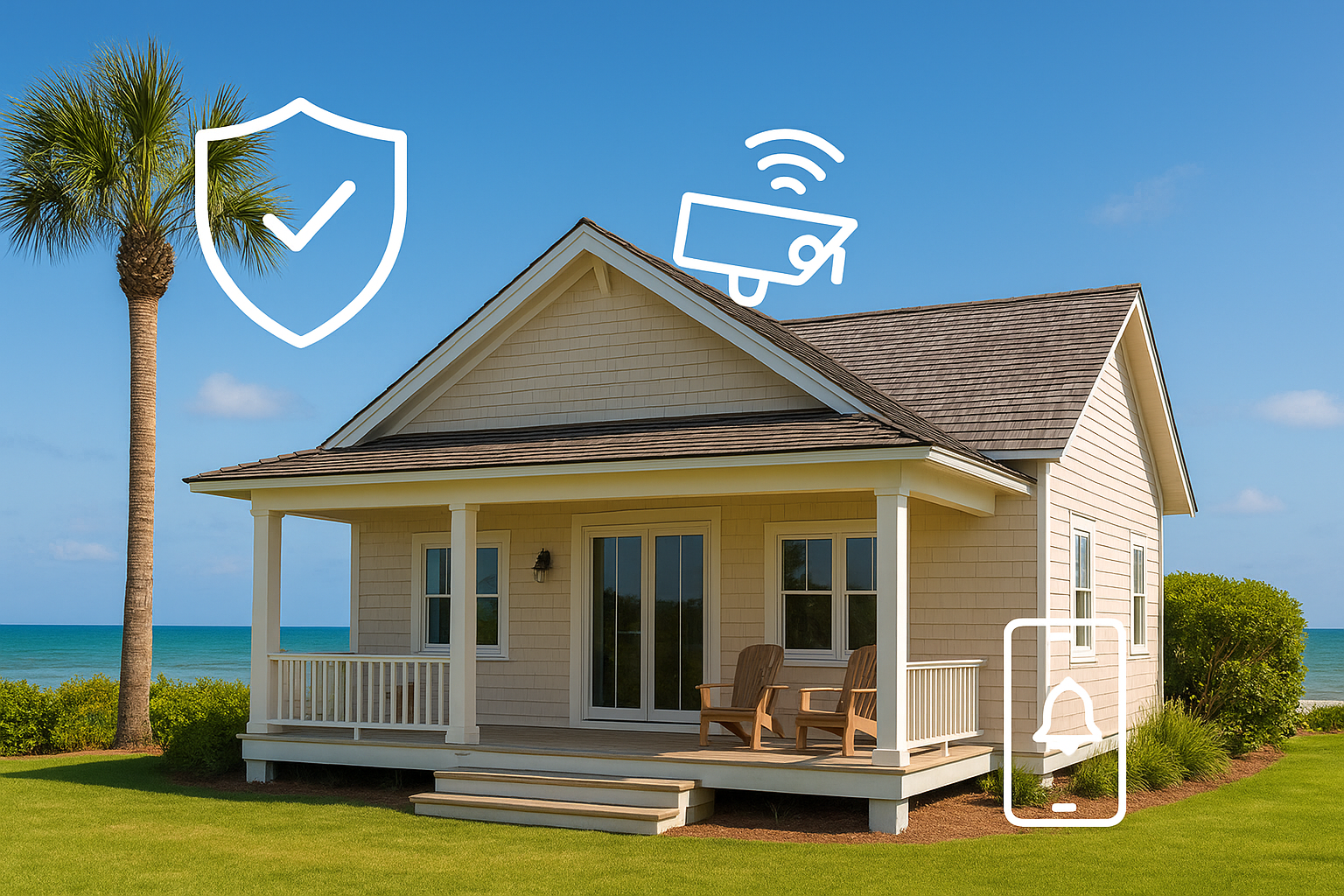Tips for capturing license plates with a security camera
One of the most common reasons that people are looking for a security camera system is to record vehicles on or near their property. Many times people will want to be able to clearly read the license plates of these vehicles. This makes sense as knowing the license plate number could be very useful in identifying a culprit if a crime were to take place. Hollywood has given people the idea that if there is a camera anywhere near the vehicle then identifying the driver, make and model of the vehicle, and the license plate will be no problem. We are letting you know that it is not going to be that easy. In order to successfully identify plate numbers there are several variables you will need to consider. We are going to go over some of the key ones to help you successfully capture license plate numbers.
Dedicated Camera
The most important thing to know is that you will need a camera dedicated solely to capturing plates. If you have a camera mounted on your house aimed out at the street, it will not be able to clearly read license plates. This is mostly due to the viewing angle and camera height, which we will cover next. When designing and planning your system, you will need to dedicate at least one channel to your license plate camera.
Camera Height
You will want your camera to be mounted at roughly the same height as a license plate. If it is mounted too high the vehicles bumper or tail end may block your view of the plate. We recommend that there is no more than a 30° downward angle between the camera and the plate. Any more than 30° and the plate can become difficult or impossible to read.
Viewing Angle
You will also want the camera mounted near the street or driveway looking straight at the oncoming or exiting traffic. We recommend that there is no more than a 15° horizontal angle between the camera and the license plate. The more directly that the camera is looking at the plate, the better chance you have of capturing it.
Resolution
You will want a camera that records in high definition. The higher the resolution of the camera, the clearer the picture will be. A high resolution camera will be able to capture plates at longer distances and higher speeds. A 1080P camera can still capture plates, but the vehicle will need to be significantly closer and moving much slower.
Vehicle Speed
It is much more difficult to capture the plate number of a fast moving vehicle than a slower one. This is something you should consider when choosing your mounting position. You will have better luck if you can mount your camera near a stop sign, speed bump, intersection, etc. Anywhere that requires vehicles to slow down will increase your chances of success.
Daytime vs Nighttime
You will find that it is much easier to read the plates during the daytime. Once it is dark out, you will be fighting will headlights, glare, and reflection. If possible, you will want to mount the camera somewhere that has plenty of ambient light (streetlamp, light post, etc). This is because IR light is very reflective and when aimed at the reflective paint used on license plates it can wash out the image. If there is enough ambient light, the camera can stay in color with its low light sensor, and the IR LEDs will not be required.
HLC and WDR
If you are in an area where you don’t have enough ambient light around, you will want a camera that has highlight compensation (HLC) or wide dynamic range (WDR). HLC will help by reducing glare and overexposure from the vehicles headlights. If you don’t have HLC then WDR can help. WDR helps balance out washed out video from large dynamic ranges of light. For complete details on these features, check out our article, Understanding Wide Dynamic Range (WDR), Highlight Compensation (HLC), and Backlight Compensation (BLC).
Outdoor Rating
An obvious feature that you will need is for the camera to be outdoor rated. You will want a camera with an IP67 rating to withstand water and dust that passing vehicles will cause. For further information on this rating, please read our article, IP and IK Ratings.
Varifocal Zoom
Another feature that can come in handy when trying to capture license plates is a varifocal zoom. This will help you get a clear image from further away than a stationary camera. With a varifocal zoom you will not lose any picture quality when you zoom in, unlike a digital zoom. With a digital zoom the picture will become more blurry the further you zoom in, making the numbers and letters difficult to read.
Let Montavue Help You Capture Plates
If you are considering a dedicated camera for license plates, Montavue can help you choose the right one for your unique situation. We offer a large variety of fixed lens, varifocal, and pan-tilt-zoom cameras that can get the job done correctly. Don’t hesitate to contact us with any questions or concerns you may have.

